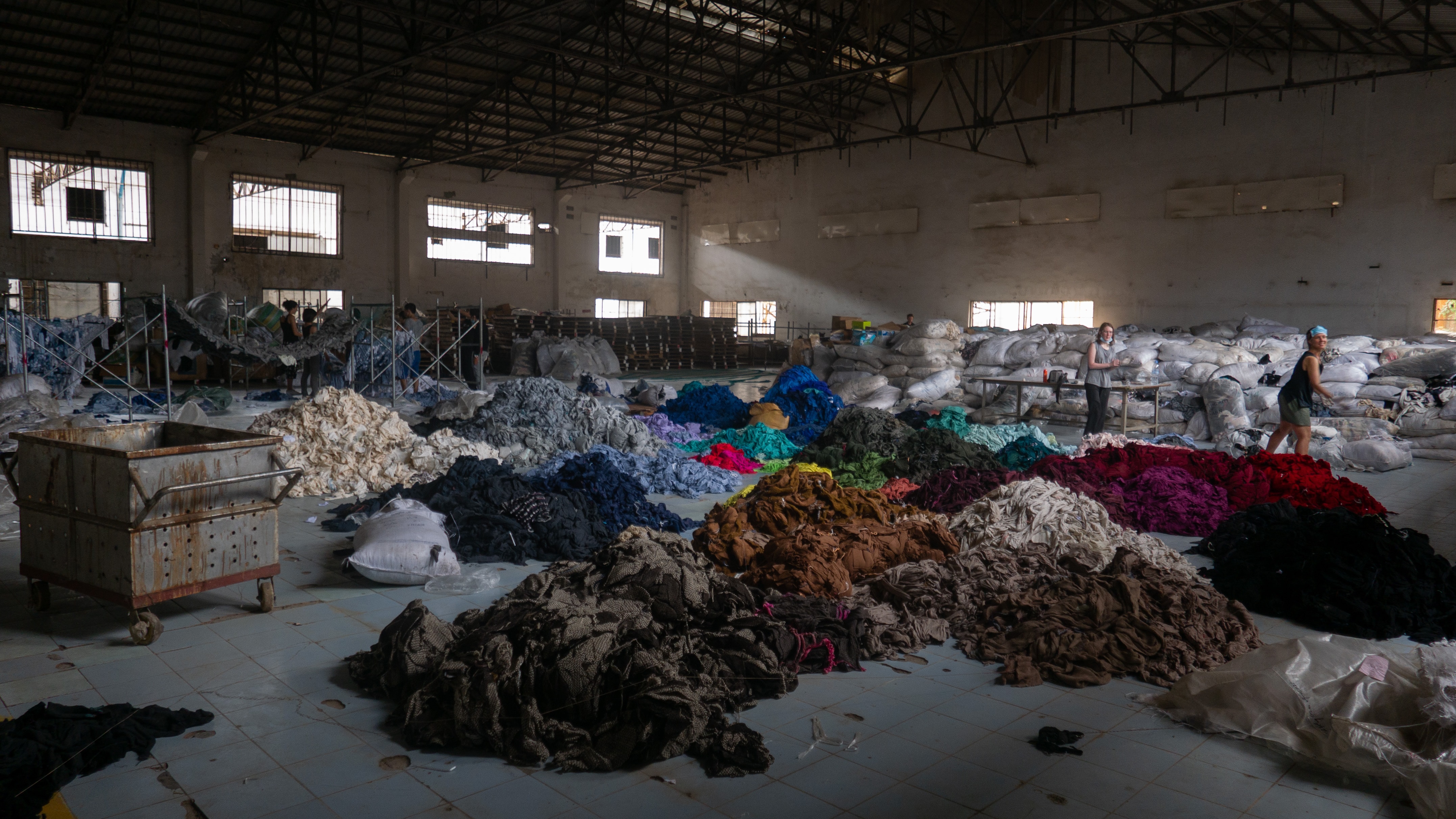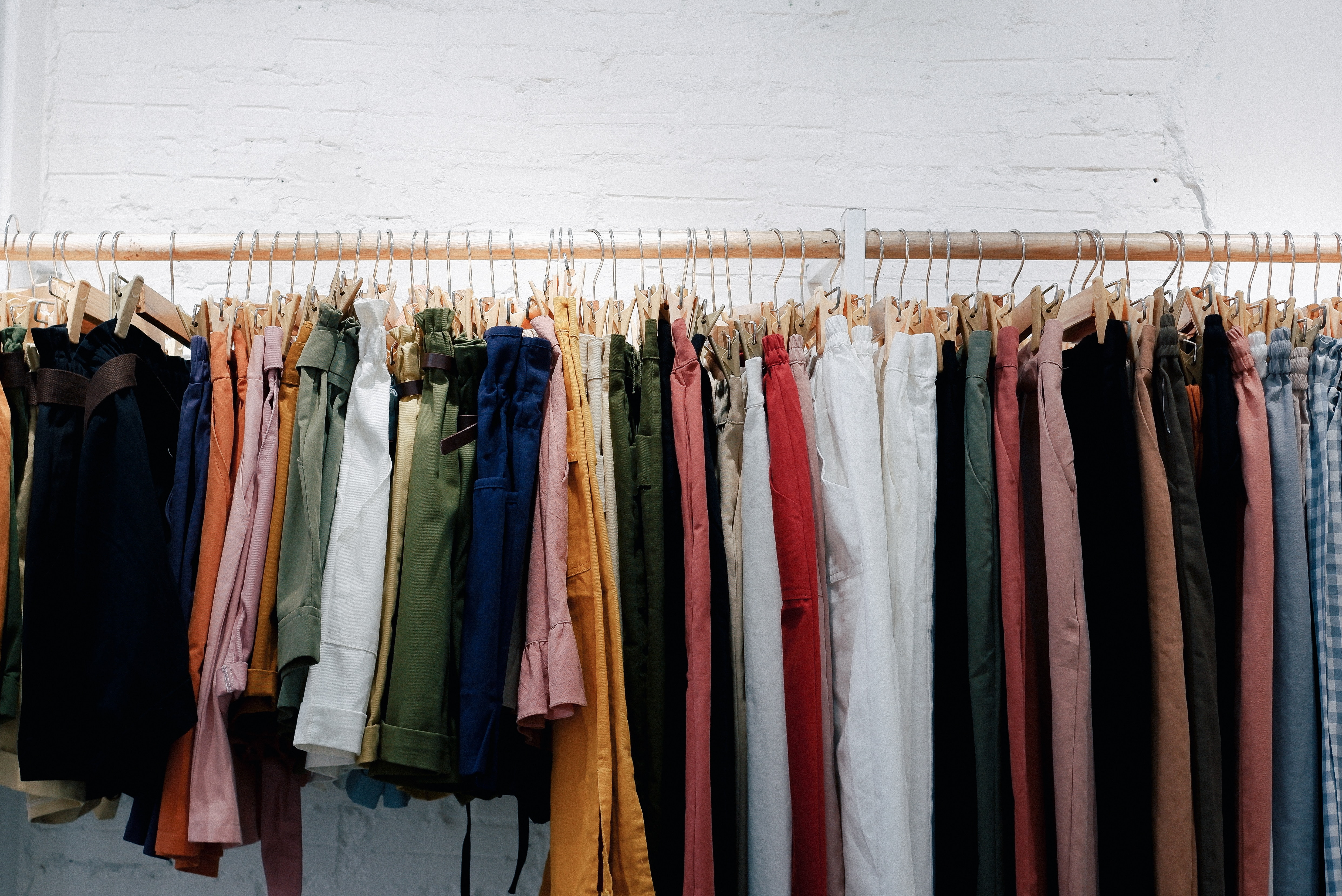Article Contributed by Dr Rimi Khan, Senior Lecturer, Department of Communications And New Media, Faculty of Arts and Social Science
These negative environmental impacts have intensified with the emergence of ‘fast fashion’ at the turn of the millennium. Brands like H&M, Zara and Forever21, aimed at young women, have pioneered an accelerated cycle of fashion production and consumption where designer looks are reproduced for mass consumption. The fashion system has shifted from producing two, or perhaps four, fashion seasons a year, to a never-ending cycle of ‘micro trends’. The sharp growth of ecommerce in the last decade has amplified these shifts. Data-driven platforms combined with increasingly agile production systems are now giving rise to ‘ultra fast’ or ‘super fast’ fashion. Despite suggestions that the Covid-19 pandemic would result in more mindful and less consumerist lifestyles, these forecasts have been proven wrong, and the fashion industry has seen robust growth since 2021.[3]

However, even Shein is talking about sustainability, recently stating that they will reduce their greenhouse gas emissions by 25% by 2030 and announcing a number of other initiatives intended to reduce their environmental impact. Shein recently relocated its headquarters from China to Singapore, a city state that boasts a ‘green’ image, but also a place where shopping in air-conditioned malls is celebrated as a national past-time.[4]

Of course, when the concept of sustainability is used so widely, it leads to greenwashing. Sustainability is no longer just an academic concept or a policy framework, but an industry trend and media buzzword. Brands from H&M to Louis Vuitton now have sustainability roadmaps and commitments, but show little progress towards their goals, and make claims that have been called out as ”misleading” and ”bogus”[5].
My research explores these questions. I have found that across Asia entrepreneurs are building new kinds of markets, production structures and supply chains. The Vietnamese fashion brand Kilomet109 is developing innovative approaches to textile-making that are aimed at durability, minimising waste and the use of synthetic materials and chemicals. They engage in long-term collaborations with indigenous communities across Vietnam, who share their approaches to natural dyeing and weaving. Kilomet109’s slower production cycles mean they are more resilient than conventional brands against the market disruptions caused by Covid-19. They also work closely with artists, academics and design festivals, becoming leaders in Vietnam’s emerging creative ecology.


For more information please visit: https://masters.nus.edu.sg/programmes/master-of-arts-(arts-and-cultural-entrepreneurship)
[1] International Labor Organisation 2023. How to achieve gender equality in global garment supply chains. Infostories.
https://www.ilo.org/infostories/en-GB/Stories/discrimination/garment-gender#introduction Accessed 19 July 2023.
[2] Baptist World Aid 2021. Ethical Fashion Guide. Baptist World Aid.
https://baptistworldaid.org.au/resources/ethical-fashion-guide/ Accessed 12 July 2023.
[3] McKinsey & Company 2022. ‘The State of Fashion 2023: Holding onto growth as global clouds gather’. McKinsey.com https://www.mckinsey.com/industries/retail/our-insights/state-of-fashion Accessed 19 July 2023.
[4] Singapore Tourism Board 2023. ‘Our way of life’. Visit Singapore.
https://www.visitsingapore.com/travel-guide-tips/about-singapore/singapore-culture-way-of-life/ Accessed 19 July 2023.
[5] Shendruk, A. 2022. Quartz investigation: H&M showed bogus environmental scores for its clothing. Quartz
https://qz.com/2180075/hm-showed-bogus-environmental-higg-index-scores-for-its-clothing Accessed 12 July 2023.
[6] Littler, J., 2008. Radical consumption: shopping for change in contemporary culture: shopping for change in contemporary culture. McGraw-Hill Education (UK).